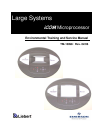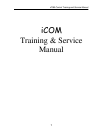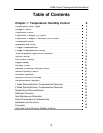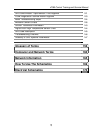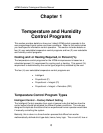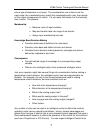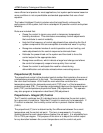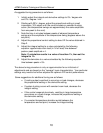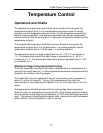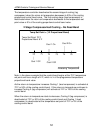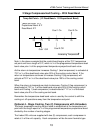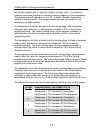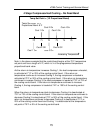
iCOM
Controls Training and Service Manual
more efficient and precise for most applications, but system performance based on
room conditions is not as predictable as standard approaches that use a fixed
equation.
The Liebert Intelligent Control includes rules that significantly enhance the
performance of the system, both from a standpoint of precision control and system
reliability.
Rules are included that:
• Cause the control to ignore very small or temporary temperature/
humidity deviations. This eliminates unnecessary control adjustments
that contribute to control instability.
• Help limit the frequency of control adjustments thus extending the life of
system components that are susceptible to mechanical wear or cycling.
• Recognize undesired modes of control operation such as hunting, and
make adjustments to the control response to eliminate them.
• Estimate the present load on the system and then tend to force the
control output to the appropriate state.
• Recognizes conditions, which indicate a large load change and allows
the control to temporarily respond more quickly than normal.
• Cause the control to anticipate the need for reheat during
dehumidification and activates reheats when overcooling occurs.
Proportional (P) Control
The proportional control is the standard control method that maintains the room at
a temperature proportional to the load. The temperature maintained increases as
the room load increases. At full load the room would be controlled at a
temperature equal to the temperature set point (TSP) plus ½ of the temperature
proportional band (PB). The operator programmed inputs are the temperature set
point (TSP) and temperature proportional band (PB) adjustments. The operator
may also program a temperature dead band (DB) adjustment.
Proportional + Integral (PI) Control
The PI control combines two (2) individual terms to determine the control output
for a given set of conditions. Note that PI control is used only for temperature. If
PI control is selected, the humidity control will be in percent relative humidity
(%RH).
The proportional (P) term is determined by the difference between the current
temperature and the control set point. This term is expressed in % cooling
(heating desired for each degree above (below) the set point. It is adjustable from
0% to 100% per degree. The purpose of this term is to adjust the control output
for any deviation between the current temperature and the control set point.
8



